Which Materials Prevent Heat Transfer?
On an average, 25% of the global energy is used to heat and cool buildings, including homes. Various processes and equipment, such as air conditioners, heaters, heat proofing solutions, and insulation materials are used to maintain temperature. For wealthy individuals, it’s a stress-free and convenient selection, while low-income people have to ponder upon the type of material, costs, and other factors.
There are three states of matter: Solid, liquid, and gas. Whenever a temperature difference prevails between them, heat transfer occurs. This process occurs on a one-way routine, i.e., heat is transferred from a hot body to a cold one. In colder regions, heat is blocked from entering a tepid environment through insulating materials.
Heat-Transfer-Inhibiting Materials
-
Liquid & Sheet Membranes
Heat insulation is necessary for several reasons: To prevent heat loss in winter and loss of cool air in summer, protect building from temperature-gradient, and reduce humidity levels. Heat-proofing liquids are applied on walls, floors, ceilings, and hard-to-reach areas.
Additive components, such as ceramic microspheres are used to enhance the thermal insulation properties. These tiny hollow spheres are made from inorganic materials, namely silica, alumina, and zirconia and their size range from 1 to 1000 Um. The resin acts as a carrier for these microspheres. When applied to a surface, the resin forms a tough coating or insulation layer.
Modified bitumen membranes are applied for the same purpose. These sheets can reduce the absorption of water and heat, protecting structures from external threats. Bitumen rolls are made from asphalt and other adhesives, melted and stretched across the entire surface for a long-lasting finish.
Reflective paint is a budget-friendly option, preferred by low-income individuals. It helps reflect UV rays and increase the resistivity index of the concrete. Reflective paint is applied using a paintbrush, roller brush, mop, and spray machine.
Read More
Price of Roof Heat Proofing Chemicals in Karachi
How to Find Top Water and Heat Proofing in Karachi?
How to Prevent the Roof From Sunlight in Pakistan?
-
Aerogels
Aerogel insulation is an optimal choice for homeowners because of its neutralizing property, i.e., it can control the effects of heat transfer methods: convection, conduction, and radiation. It is an ultralight material derived from a gas-filled gel; it has low thermal conductivity and density.
Prior to designing aerogel thermal solution, it is necessary to optimize the insulation area. The insulation should be die-cut to the exact specifications. Cover films and adhesives are required to install an aerogel insulation. This insulation can be used till 320 degrees Celsius.
Characteristics
Thermal conductivity: 0.020 – 0.021 W/m.K
Insulation thickness: 0.10 – 0.53mm
Bulk density: 0.37 g/cc
Adhesive Type: Acrylic
Operating Temperature: -40oC to 100oC
-
Fiberglass
Fiberglass insulation is an eco-friendly solution to insulate walls, ceilings, roofs, and other sections. It works by trapping air molecules and reducing the heat transfer rate. It is available in loose-fill and blanket forms. The heat resistance is measured in R-value; for ceilings, it reaches up to R30, whereas for walls, it is R11 to R19.
Fiberglass is a non-combustible material. In other words, it does not contribute in fire hazards within buildings or other similar structures. It is lightweight and easy to handle. Moreover, it can fit into tight spaces as well.
Read More
How to Control Heat From the Roof Using Sun Reflective Chemicals?
What Difference Does Roof Heat Proofing in Islamabad Make in Your Home?
Does Heat Resistant Paint From Steam Pipes Works in Pakistan?
-
Polyurethane Foam
Polyurethane foam is a beneficial form of insulation. It is a lightweight material, weighing approx. 2 lb./ft3. This insulation has an R-value of 6.3/in. of thickness, which helps to lower energy costs in Summer and Winter seasons. It is moisture-resistant, protect buildings from mildew and mold, and provides structural support.
Polyurethane foam can be designed with different densities and tailored to meet specific requirements. Moreover, it is easy to install and maintain. This insulation can be molded into different shapes, making it suitable for hard-to-reach areas in homes and buildings.
Conclusion
According to a renowned waterproofing expert, “Insulating your home with quality products is one of the best investments you can make.” To choose the correct insulating material is a tough ask; you need to consider various factors, such as climatic conditions, humidity levels, surface adhesion, etc. Moreover, you need to keep a check on your budget too. Contact Lakhwa Chemical Services and endow your dwelling with optimal insulating materials.
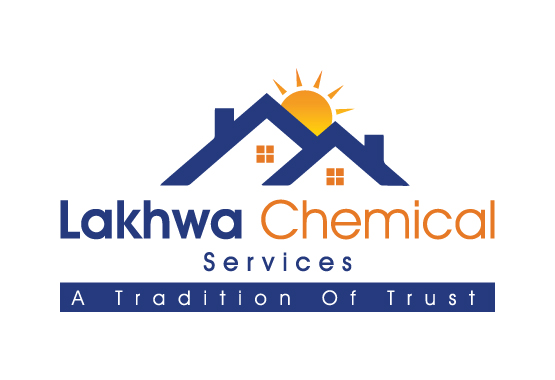
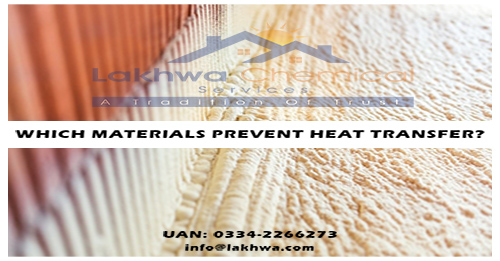
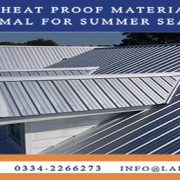
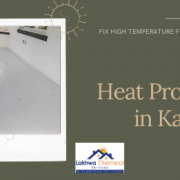

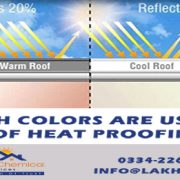
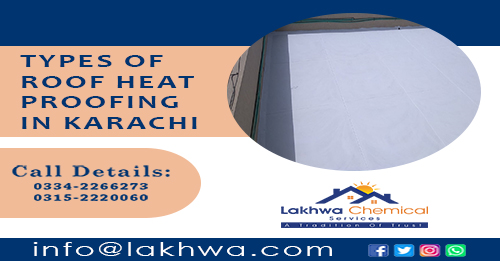


Leave a Reply
Want to join the discussion?Feel free to contribute!